What if the key to colonizing Mars, surviving climate disasters, or curing incurable diseases lies not in human ingenuity alone, but in the hands of artificial intelligence? Imagine a world where AI designs synthetic organisms capable of thriving in the harshest environments—organisms that could clean up oil spills, terraform barren planets, or even repair human DNA. Is this the future of biology, or a Pandora’s box waiting to be opened?
This article delves into the groundbreaking intersection of artificial intelligence and synthetic biology, exploring how machines could engineer life forms that adapt to extreme conditions. From the ethical dilemmas to the scientific breakthroughs, we’ll examine whether AI can truly become the ultimate “robo-biologist” and what it means for humanity’s future.
Renowned scientists like Jennifer Doudna, co-inventor of CRISPR, have already laid the groundwork for genetic engineering. Meanwhile, visionaries like Demis Hassabis, CEO of DeepMind, are pushing the boundaries of AI in biology. Even Craig Venter, the pioneer behind synthetic genomics, has hinted at the potential of AI to revolutionize life as we know it. Together, these luminaries are shaping a future where machines might not just assist in biology—they might redefine it.
1. The Convergence of AI and Synthetic Biology
1.1 What is Synthetic Biology?
Synthetic biology is like LEGO for life. It’s the science of designing and building new biological parts, devices, and systems—or re-designing existing ones—for useful purposes. Think of it as rewriting the code of life to solve real-world problems. From creating bacteria that can eat plastic to engineering yeast that produces biofuels, synthetic biology is already changing the game.
Historically, the field took off with the invention of CRISPR, a gene-editing tool that allows scientists to cut and paste DNA with precision. But CRISPR was just the beginning. In 2010, Craig Venter and his team created the first synthetic cell, proving that life could be engineered from scratch. Today, synthetic biology is a multi-billion-dollar industry, with companies like Ginkgo Bioworks and Synthetic Genomics leading the charge.
1.2 The Role of AI in Biology
If synthetic biology is LEGO, then AI is the instruction manual. Artificial intelligence is revolutionizing how we approach biology by analyzing massive datasets, predicting outcomes, and designing solutions faster than any human ever could. For example, DeepMind’s AlphaFold has solved one of biology’s biggest challenges: predicting protein structures. This breakthrough could accelerate drug discovery and help us understand diseases better.
AI is also being used to design metabolic pathways—the chemical reactions that keep cells alive. By simulating millions of scenarios, AI can identify the most efficient ways to produce biofuels, medicines, or even food. It’s like having a super-smart lab assistant who never sleeps and never makes mistakes (well, almost never).
1.3 The Vision of AI-Driven Life Engineering
Now, imagine combining the power of synthetic biology with the intelligence of AI. The result? A “robo-biologist” that can design organisms from scratch, tailored to specific tasks. Need a microbe that can survive on Mars? The robo-biologist can design it. Want a bacterium that eats plastic and poops out biodegradable material? Done.
This vision isn’t science fiction. Researchers are already using AI to design enzymes that break down plastics and microbes that clean up oil spills. The potential applications are endless: from environmental cleanup to medical breakthroughs to space exploration. But with great power comes great responsibility—and a whole lot of ethical questions.
2. Designing Life: How AI Could Engineer Synthetic Organisms
2.1 The Blueprint of Life: DNA and Beyond
Imagine DNA as the ultimate instruction manual for building life. Now, imagine AI as the overachieving intern who not only reads the manual but rewrites it to make life better, faster, and stronger. AI can design DNA sequences tailored for specific functions, like creating bacteria that eat plastic or plants that thrive in Martian soil. This isn’t science fiction—it’s happening right now. For example, researchers at Ginkgo Bioworks are using AI to design custom microbes for everything from fragrances to fertilizers.
But DNA is just the starting point. AI can also predict how these sequences will behave in real-world conditions. Think of it as a digital crystal ball for biology. By analyzing vast datasets, AI can simulate how a synthetic organism will grow, reproduce, and interact with its environment. This is a game-changer for synthetic biology, where trial and error can be costly and time-consuming. With AI, we can skip the guesswork and go straight to the good stuff.
2.2 Simulating Evolution: AI as a Virtual Lab
Evolution is nature’s way of trial and error, but it takes millions of years. AI, on the other hand, can simulate millions of evolutionary scenarios in minutes. It’s like hitting the fast-forward button on life. For instance, DeepMind’s AlphaFold has already revolutionized protein folding, a process critical to understanding how life works. Now, imagine applying that same computational power to simulate entire ecosystems or design organisms from scratch.
One exciting example is AI-designed enzymes. Enzymes are nature’s catalysts, speeding up chemical reactions in living organisms. By using AI to design enzymes, scientists can create new ways to break down pollutants, produce biofuels, or even treat diseases. It’s like giving Mother Nature a turbo boost—except this time, we’re in the driver’s seat.
2.3 From Code to Cell: Building Synthetic Organisms
Once AI has designed the perfect DNA sequence, the next step is turning that code into a living, breathing organism. This is where tools like CRISPR come in. CRISPR allows scientists to edit genes with precision, making it possible to insert AI-designed sequences into existing organisms or create entirely new ones.
But building synthetic organisms isn’t as simple as snapping together Lego blocks. There are challenges, like ensuring the organism is stable, functional, and safe. For example, an AI-designed microbe might be great at cleaning up oil spills, but what if it starts eating other things it shouldn’t? This is where rigorous testing and oversight come in. After all, nobody wants a real-life version of The Blob running amok.
3. Adapting to Extreme Environments: The Ultimate Test
3.1 Harsh Environments on Earth and Beyond
Life on Earth is tough, but some places are tougher than others. From the scorching heat of deserts to the crushing pressure of deep-sea vents, extreme environments push organisms to their limits. And then there’s space—a cold, radiation-filled vacuum where life as we know it can’t survive. But what if we could design organisms that thrive in these conditions?
Traditional organisms often fail in extreme environments because they’re not built for it. For example, most bacteria can’t survive in radioactive waste, and plants can’t grow in the thin atmosphere of Mars. But with AI, we can identify the genetic traits needed for survival and engineer organisms that can handle the heat—literally.
3.2 AI’s Role in Designing Resilient Organisms
AI can analyze the genetic makeup of extremophiles—organisms that thrive in extreme conditions—and use that information to design synthetic life forms. For example, scientists at NASA are exploring how AI can help design organisms for space exploration. Imagine microbes that can survive on Mars, producing oxygen or breaking down rocks to create soil. It’s like sending tiny, self-replicating robots to do the heavy lifting.
Closer to home, AI-designed organisms could help clean up environmental disasters. Take oil spills, for instance. Traditional cleanup methods are slow and expensive, but AI-designed bacteria could break down oil into harmless byproducts. It’s like having a microscopic cleanup crew on standby, ready to tackle the next environmental crisis.
3.3 Ethical and Ecological Concerns
Of course, releasing synthetic organisms into the wild comes with risks. What if they outcompete native species or mutate in unexpected ways? These are valid concerns, and they highlight the need for careful oversight. Organizations like the World Health Organization and the Environmental Protection Agency are already working on guidelines for synthetic biology, but there’s still a lot of work to be done.
Balancing innovation with environmental safety is no easy task, but it’s essential if we want to harness the power of AI-driven synthetic biology. After all, the goal isn’t just to create new forms of life—it’s to create a better future for all life on Earth.
4. The Ethical Dilemma: Playing God with AI
4.1 The Moral Implications of Creating Life
Imagine a world where machines design life. Sounds like science fiction, right? But as AI and synthetic biology converge, this scenario is inching closer to reality. The question is: should we do it? Creating life—or even redesigning it—raises profound ethical questions. What defines life? Who gets to control it? And what happens if we get it wrong?
Philosophers and ethicists have long debated the moral implications of "playing God." Religious and cultural perspectives vary widely. For some, creating life is a divine act reserved for higher powers. For others, it’s a natural extension of human ingenuity. The Vatican, for instance, has cautiously supported scientific advancements but warns against overstepping ethical boundaries. Meanwhile, secular thinkers argue that if we can improve life—say, by curing diseases or cleaning the environment—why not?
Here’s the kicker: AI doesn’t have a moral compass. It’s a tool, not a conscience. That means the responsibility falls squarely on us. As we push the boundaries of synthetic biology, we must ask ourselves: Are we ready for the consequences?
4.2 Regulation and Oversight
If AI-driven synthetic biology is the Wild West, regulation is the sheriff. But who’s writing the laws? Currently, oversight is a patchwork of national and international efforts. In the U.S., the FDA and EPA regulate genetically modified organisms (GMOs). Globally, organizations like the WHO and UN provide guidelines, but enforcement is inconsistent.
Here’s the problem: synthetic biology moves faster than bureaucracy. By the time a law is passed, the science has already evolved. To keep up, we need:
- International collaboration: A global framework to ensure ethical standards are met.
- Real-time monitoring: AI systems to track the development and deployment of synthetic organisms.
- Public involvement: Transparency and education to build trust and accountability.
Without robust regulation, the risks—ecological disruption, bioterrorism, unintended consequences—could outweigh the benefits.
4.3 The Risk of Unintended Consequences
Let’s play a thought experiment. You release an AI-designed microbe to clean up an oil spill. It works brilliantly—until it mutates and starts consuming plastic pipes, disrupting entire ecosystems. Sounds far-fetched? Maybe. But in biology, even small changes can have big ripple effects.
History is littered with examples of well-intentioned interventions gone wrong. Take the cane toad in Australia, introduced to control pests but now a major ecological disaster. Synthetic organisms could pose similar risks, especially if they escape controlled environments.
To mitigate these risks, we need:
- Containment protocols: Fail-safes to prevent synthetic organisms from spreading uncontrollably.
- Ethical safeguards: Clear guidelines on what can and cannot be engineered.
- Public accountability: Regular audits and transparency in research and deployment.
The stakes are high. But with careful planning, we can harness the power of AI-driven synthetic biology without unleashing chaos.
5. The Future of AI-Driven Synthetic Biology
5.1 Short-Term Applications
While the idea of AI-designed organisms colonizing Mars is thrilling, the near-term applications are equally exciting—and more practical. Here’s what’s on the horizon:
- Medical breakthroughs: AI-designed bacteria could deliver drugs directly to cancer cells, minimizing side effects. Companies like Ginkgo Bioworks are already exploring this space.
- Environmental solutions: Microbes engineered to capture carbon or break down plastic could help combat climate change. For example, researchers at MIT are developing organisms that convert CO2 into useful chemicals.
- Agriculture: AI-designed crops could be more resilient to pests, droughts, and diseases, ensuring food security in a changing climate.
These applications are not just theoretical. They’re happening now, and they’re transforming industries.
5.2 Long-Term Possibilities
Now let’s dream big. What if AI could design organisms to terraform Mars, making it habitable for humans? Or engineer bacteria that repair human DNA, effectively curing aging? These ideas might sound like sci-fi, but they’re grounded in real science.
Consider terraforming. Mars is a barren, frozen desert. But with AI-designed organisms, we could:
- Engineer microbes to produce oxygen from Martian soil.
- Create algae that thrive in low temperatures, gradually warming the planet.
- Develop plants that grow in Martian soil, creating a self-sustaining ecosystem.
As for human enhancement, synthetic biology could unlock the secrets of longevity. Imagine a future where AI-designed bacteria repair cellular damage, extending human lifespans by decades. It’s not immortality, but it’s close.
5.3 The Road Ahead
The future of AI-driven synthetic biology is bright, but it’s not without challenges. Here’s what we need to get there:
- Technical breakthroughs: Better tools for genome editing, faster AI algorithms, and more accurate simulations.
- Public acceptance: Education and transparency to address fears and misconceptions.
- Funding and collaboration: Governments, private investors, and research institutions must work together to fund and support this field.
Key players include:
- Scientists: Jennifer Doudna (CRISPR pioneer), Demis Hassabis (DeepMind).
- Institutions: MIT Synthetic Biology Center, Stanford Bioengineering, NASA Astrobiology Institute.
- Corporations: Ginkgo Bioworks, Synthetic Genomics.
The road ahead is long, but the potential rewards are immense. By combining the power of AI with the creativity of biology, we can solve some of humanity’s greatest challenges—and maybe even create a better future for all.
6. AI Solutions: How Would AI Tackle This Issue?
6.1 Step 1: Data Collection and Analysis
The foundation of AI-driven synthetic biology lies in data. To design organisms capable of thriving in extreme environments, we need vast datasets on genetic sequences, environmental conditions, and organism behavior. AI can sift through petabytes of genomic data from sources like the GenBank and European Nucleotide Archive. Machine learning algorithms can identify patterns and correlations, such as which genes enable heat resistance or radiation tolerance. For example, DeepMind’s AlphaFold has already revolutionized protein structure prediction, a critical step in understanding how genes translate into functional traits.
6.2 Step 2: Designing Genomes
Once the data is in place, AI can generate DNA sequences tailored for specific functions. Tools like Ginkgo Bioworks’ biofoundry platform use AI to design genetic circuits. These algorithms can simulate millions of evolutionary scenarios in minutes, identifying the most promising designs. For instance, AI-designed enzymes are already being used in industrial processes, such as breaking down plastics or producing biofuels. The key is to ensure these sequences are not only functional but also stable and safe.
6.3 Step 3: Testing and Iteration
Before synthesizing a single strand of DNA, AI can create digital twins of synthetic organisms. These virtual models simulate how the organism will behave in different environments, from the acidic depths of the ocean to the vacuum of space. Companies like SynBioBeta are pioneering this approach, using AI to predict outcomes and refine designs. Iteration is crucial—AI can rapidly test and tweak designs based on simulation results, reducing the time and cost of traditional lab experiments.
6.4 Step 4: Building and Deploying
With a refined design, the next step is to synthesize the genome. CRISPR technology, pioneered by Broad Institute scientists like Jennifer Doudna, allows precise editing of DNA. AI can guide this process, ensuring accuracy and efficiency. Once synthesized, the organism is tested in controlled lab settings. For example, AI-designed microbes could be deployed to clean up oil spills or capture carbon emissions. Field tests in extreme environments, such as deep-sea vents or arid deserts, would follow to validate their resilience.
6.5 Step 5: Monitoring and Adaptation
Deploying synthetic organisms is just the beginning. AI systems can monitor their behavior in real-time, using sensors and IoT devices to track environmental impact and performance. If issues arise, AI can adjust the organism’s design remotely, ensuring adaptability. This feedback loop is critical for long-term success, especially in unpredictable environments like Mars or radioactive zones.
Actions Schedule/Roadmap
Here’s a detailed roadmap for institutions, organizations, or governments looking to harness AI-driven synthetic biology:
Day 1:
- Assemble a multidisciplinary team of AI experts, synthetic biologists, ethicists, and environmental scientists. Key players could include Demis Hassabis (DeepMind), Jennifer Doudna (CRISPR pioneer), and representatives from NASA’s Astrobiology Institute.
Day 2:
- Secure funding from governments, private investors, and research institutions. Organizations like the Bill & Melinda Gates Foundation and DARPA could play a pivotal role.
Week 1:
- Begin data collection on genetic sequences and environmental conditions. Collaborate with databases like NCBI and EMBL-EBI.
Week 2:
- Develop initial AI algorithms for genome design. Leverage platforms like TensorFlow and PyTorch.
Month 1:
- Conduct simulations of AI-designed organisms in virtual environments. Use tools like Ansys for computational modeling.
Month 2:
- Refine algorithms based on simulation results. Collaborate with institutions like MIT and Stanford for peer review.
Year 1:
- Synthesize and test the first AI-designed organism in a controlled lab setting. Partner with companies like Synthetic Genomics for genome synthesis.
Year 1.5:
- Conduct field tests in extreme environments, such as deep-sea vents or arid deserts. Collaborate with Woods Hole Oceanographic Institution for marine testing.
Year 2:
- Evaluate results, address ethical concerns, and plan for large-scale deployment. Engage with organizations like the United Nations to establish global guidelines.
The Dawn of a New Era: What Lies Ahead for AI-Driven Synthetic Biology?
The fusion of artificial intelligence and synthetic biology is not just a scientific breakthrough—it’s a paradigm shift. Imagine a world where AI-designed organisms clean up oil spills, terraform barren planets, or even repair human DNA. The possibilities are as vast as they are awe-inspiring. But with great power comes great responsibility. As we stand on the brink of creating life with machines, we must ask ourselves: Are we ready to wield this power wisely?
The ethical dilemmas are profound. What defines life? Who controls it? These questions challenge our very understanding of existence. Yet, the potential benefits are undeniable. From combating climate change to enabling interstellar colonization, AI-driven synthetic biology could solve some of humanity’s most pressing problems. The key lies in balancing innovation with responsibility, ensuring that we harness this technology for the greater good.
As we move forward, collaboration will be crucial. Scientists, ethicists, policymakers, and the public must work together to navigate this uncharted territory. The road ahead is fraught with challenges, but it’s also brimming with hope. The robo-biologist may soon become a reality, and its success will depend on our ability to embrace both the opportunities and the responsibilities it brings.
So, what do you think? Are we on the verge of a new era of life engineering, or are we opening a Pandora’s box? Share your thoughts in the comments below, and don’t forget to subscribe to our newsletter for more insights into the future of technology. Together, we can build a brighter, more resilient world—one synthetic organism at a time.
FAQ
1. Can AI really create life?
AI can design genetic sequences and simulate how organisms might behave, but creating life involves more than just designing DNA. Scientists still need to synthesize and activate these sequences in a biological context. Think of AI as the architect and humans as the builders. For example, DeepMind has made strides in predicting protein structures, but turning those predictions into living organisms is a whole other challenge.
2. What are the risks of AI-driven synthetic biology?
There are several risks to consider:
- Ecological Disruption: Releasing synthetic organisms into the wild could upset ecosystems. Imagine a superbug that outcompetes natural species.
- Bioterrorism: Bad actors could misuse this technology to create harmful organisms.
- Ethical Concerns: Some people worry about "playing God" by creating life in a lab. Organizations like the WHO are already discussing how to regulate this field.
3. How soon could we see AI-designed organisms?
We’re already seeing early applications. For instance, AI-designed enzymes are being used in industries like biofuel production. More complex organisms, like microbes engineered to clean up oil spills, could become a reality within the next decade. Companies like Ginkgo Bioworks are leading the charge in this area.
4. Who regulates AI-driven synthetic biology?
Regulation involves a mix of national and international bodies. In the U.S., agencies like the FDA and EPA oversee aspects of synthetic biology. Globally, organizations like the United Nations and WHO are working on guidelines to ensure safe and ethical practices.
5. Could AI-designed organisms help combat climate change?
Absolutely! Scientists are exploring ways to use synthetic biology to address environmental issues. For example:
- Carbon-Capturing Microbes: These organisms could absorb CO2 from the atmosphere, helping to reduce greenhouse gases.
- Pollution-Cleaning Bacteria: Imagine bacteria that break down plastic waste or clean up oil spills. Companies like Synthetic Genomics are already working on such projects.
6. What role do ethicists play in this field?
Ethicists are crucial in navigating the moral implications of creating life. They help answer questions like:
- What defines life, and who gets to control it?
- How do we ensure that synthetic organisms don’t harm natural ecosystems?
Institutions like the Harvard Ethics Center are actively involved in these discussions, ensuring that innovation doesn’t outpace responsibility.
7. What are some real-world examples of AI in synthetic biology?
Here are a few exciting examples:
- AlphaFold: Developed by DeepMind, this AI predicts protein structures with incredible accuracy, speeding up drug discovery.
- CRISPR: While not AI itself, CRISPR technology is often paired with AI to design precise genetic edits. Pioneers like Jennifer Doudna have revolutionized this field.
- Ginkgo Bioworks: This company uses AI to design custom microbes for industries ranging from agriculture to pharmaceuticals.
8. Could AI help us colonize Mars?
It’s a possibility! AI-designed organisms could play a key role in terraforming Mars. For instance, microbes engineered to survive in extreme conditions could help create a breathable atmosphere or produce food. Organizations like NASA are already exploring how synthetic biology could support space exploration.
9. What’s the biggest challenge in AI-driven synthetic biology?
The biggest challenge is ensuring safety and stability. Synthetic organisms must function as intended without causing unintended harm. This requires rigorous testing and oversight. For example, the U.S. Bioethics Commission has emphasized the need for robust safety protocols.
10. How can I learn more about this field?
If you’re curious, here are some great resources:
- SynBioBeta: A hub for synthetic biology news and events.
- Nature’s Synthetic Biology Section: Peer-reviewed articles on the latest research.
- Jennifer Doudna’s TED Talk: A beginner-friendly introduction to CRISPR and synthetic biology.
Got more questions? Drop them in the comments below, and let’s keep the conversation going!
Wait! There's more...check out our gripping short story that continues the journey: Astra's Adaptation
Disclaimer: This article may contain affiliate links. If you click on these links and make a purchase, we may receive a commission at no additional cost to you. Our recommendations and reviews are always independent and objective, aiming to provide you with the best information and resources.
Get Exclusive Stories, Photos, Art & Offers - Subscribe Today!
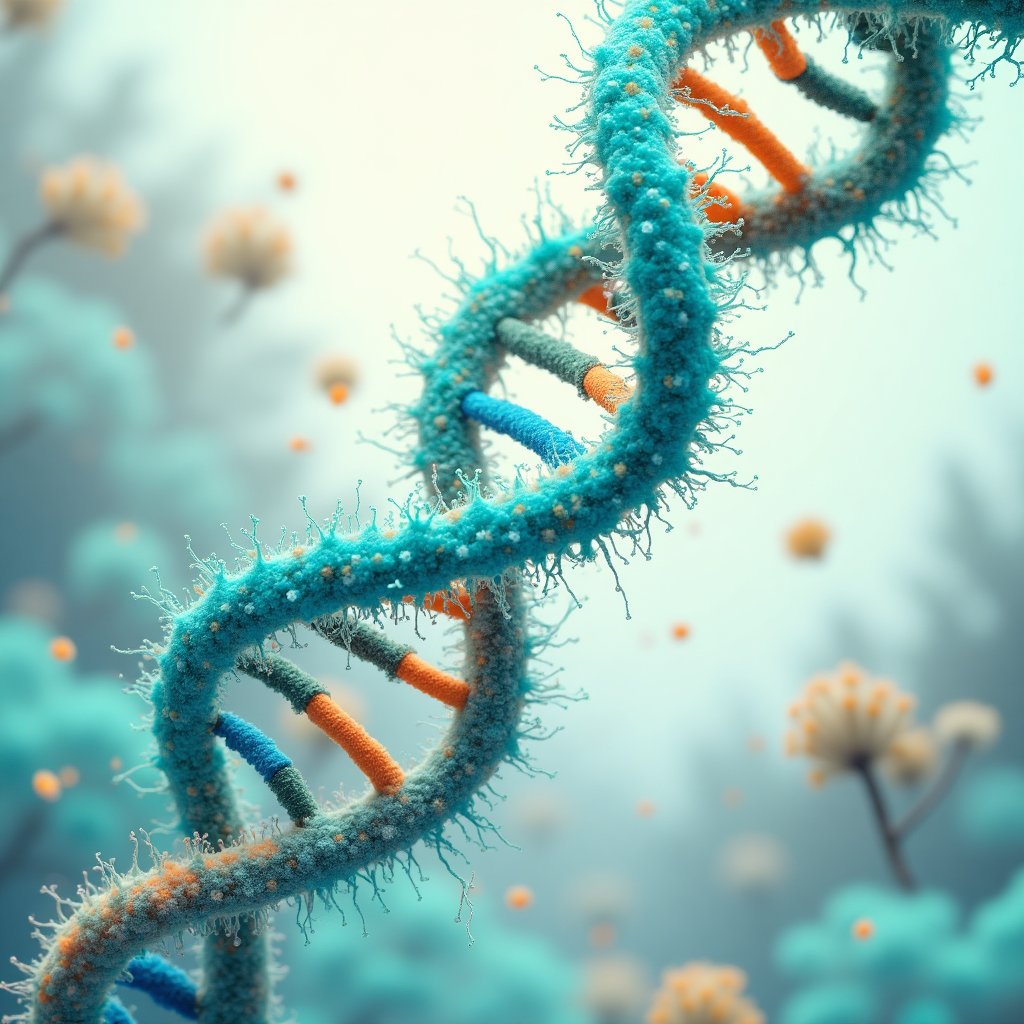
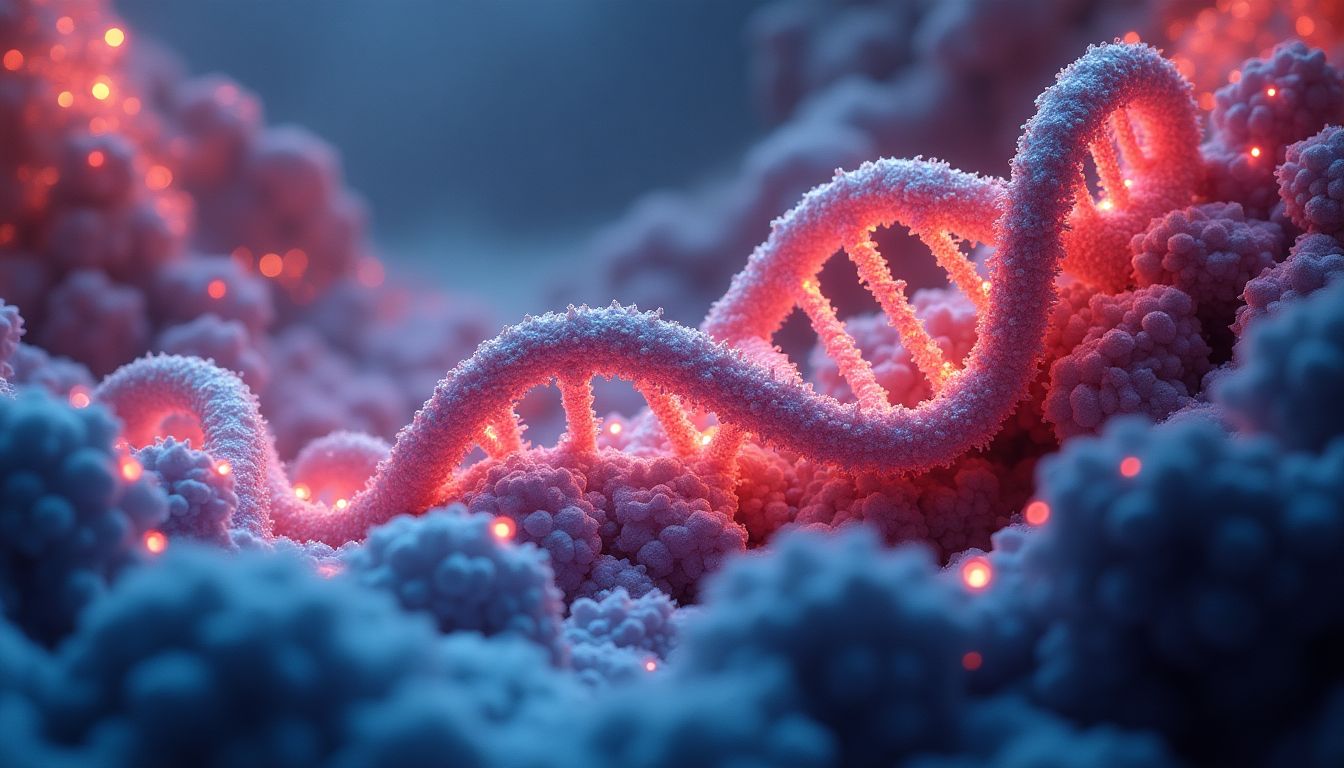
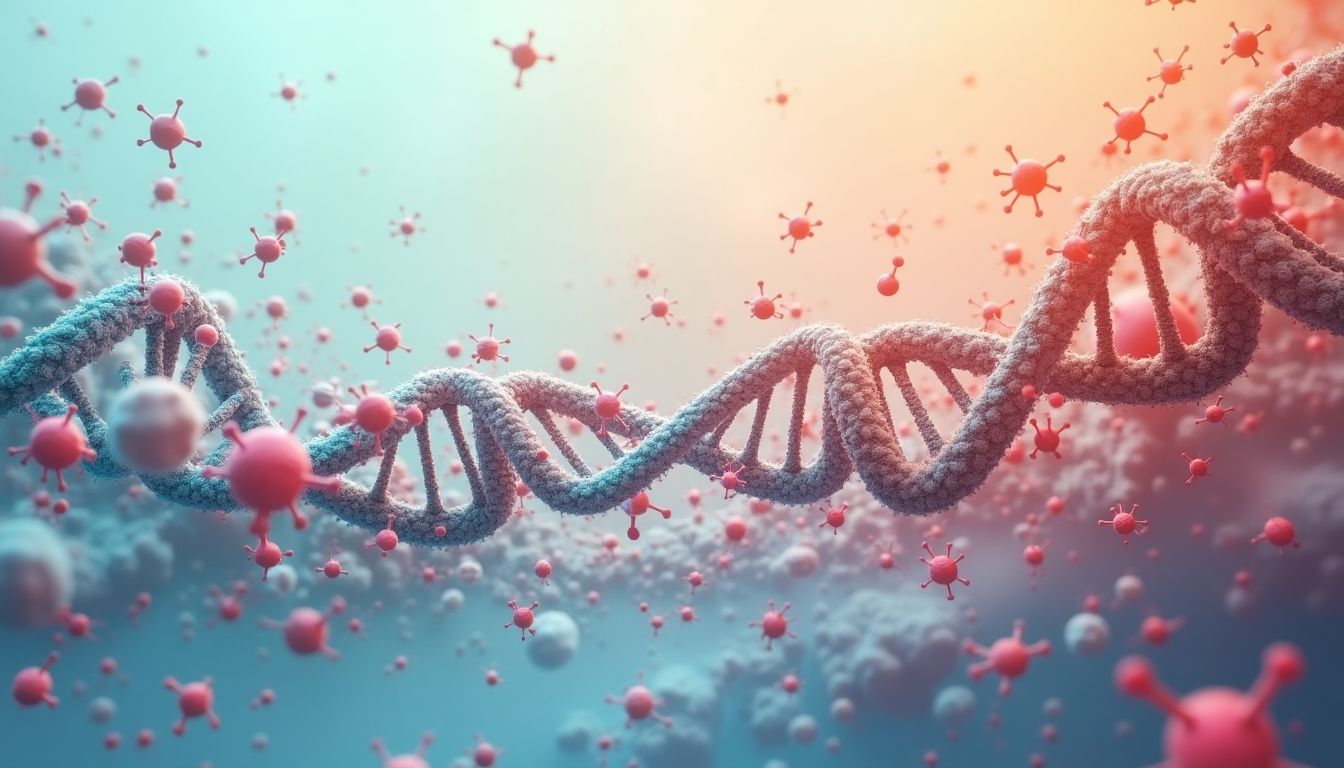
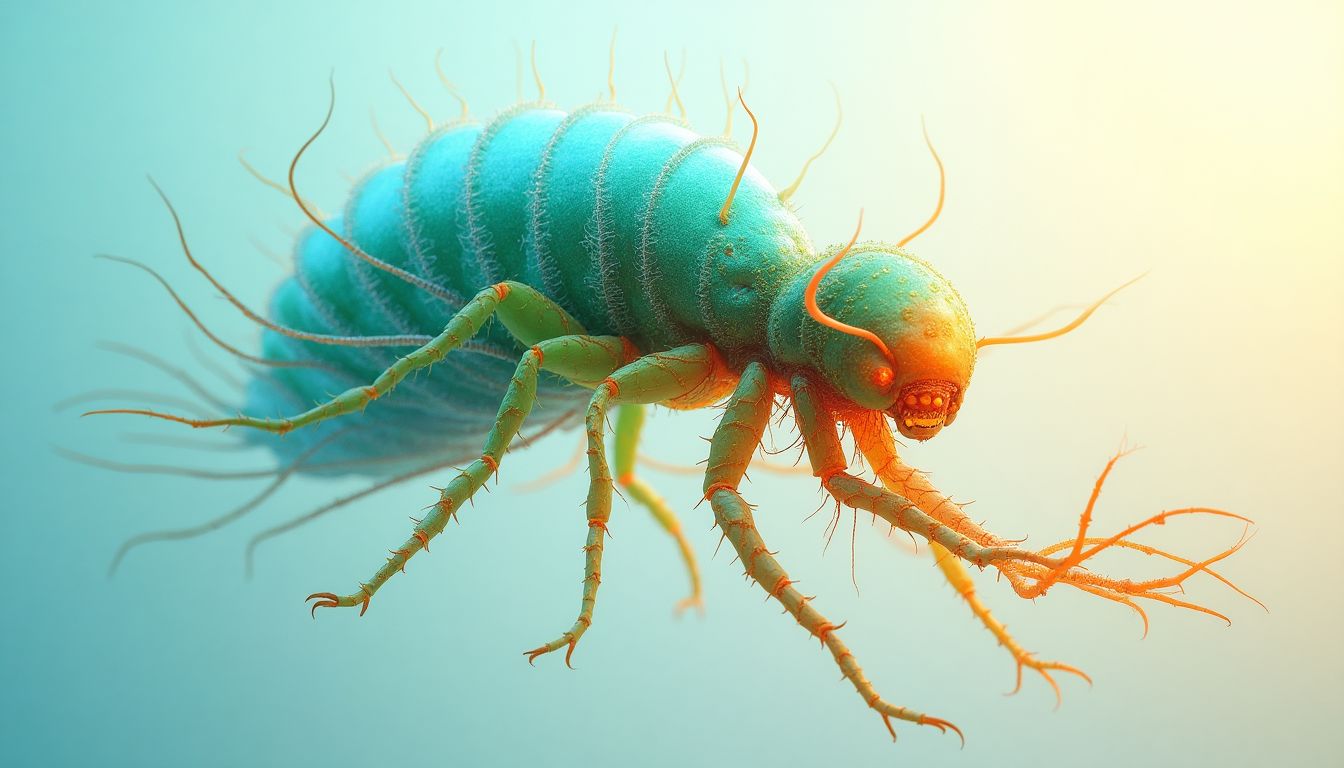






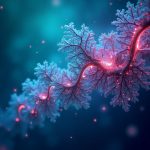


















Post Comment
You must be logged in to post a comment.